Reflecting on My Journey with Thrift Fashion Over Two Decades
Nearly 20 years ago, I discovered my passion for a vibrant fuchsia pencil skirt. In 2006, at the age of 17, I was transitioning from school life to a new job as a waitress in central Fife, and the fashion landscape around me was shifting dramatically. Gone were the days of wearing Helly Hansen puffer jackets and polyester tracksuits; this skirt represented a bold leap forward. It was beautifully tailored, lined with deep pink silk, and caught my eye from a charity shop window—all for just a pound.
This marked the beginning of my enduring relationship with second-hand clothing. Throughout my university years, every holiday meant a return to Fife and a visit to the Leslie Christian charity shop, the place that sparked my fashion awakening. This shop was a treasure trove of funky Eighties dresses, vintage suits, and cozy jumpers, serving as a backdrop for a young woman exploring her identity. I would rummage through the racks for cotton blouses, artisanal leather bags, and vintage shoes that were often uncomfortable but oh-so-stylish, proudly taking my finds back to university to show my flatmates.
Though the original skirt is no longer in my wardrobe, I’m reminded of it when I see influencers on Instagram unveiling their latest high street hauls. Disturbingly, the clothes showcased on these platforms often appear lackluster and poorly made, with flimsy materials and awkward cuts that fall apart after only a few wears.
More troubling is the revelation that many of these influencers return the items they promote, contributing to the fast-fashion cycle that plays a significant role in environmental degradation; the textile sector accounts for nearly a third of Scotland’s carbon emissions according to Zero Waste Scotland. This is all part of a superficial game driven by likes and clicks on social media.
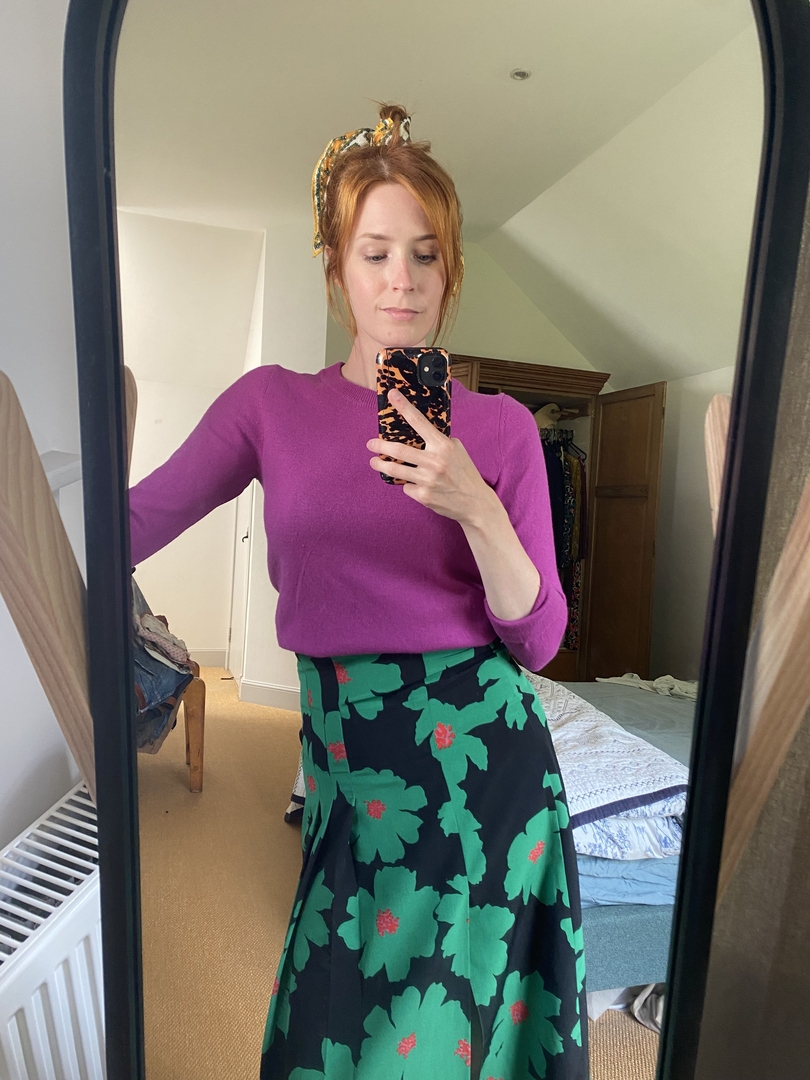
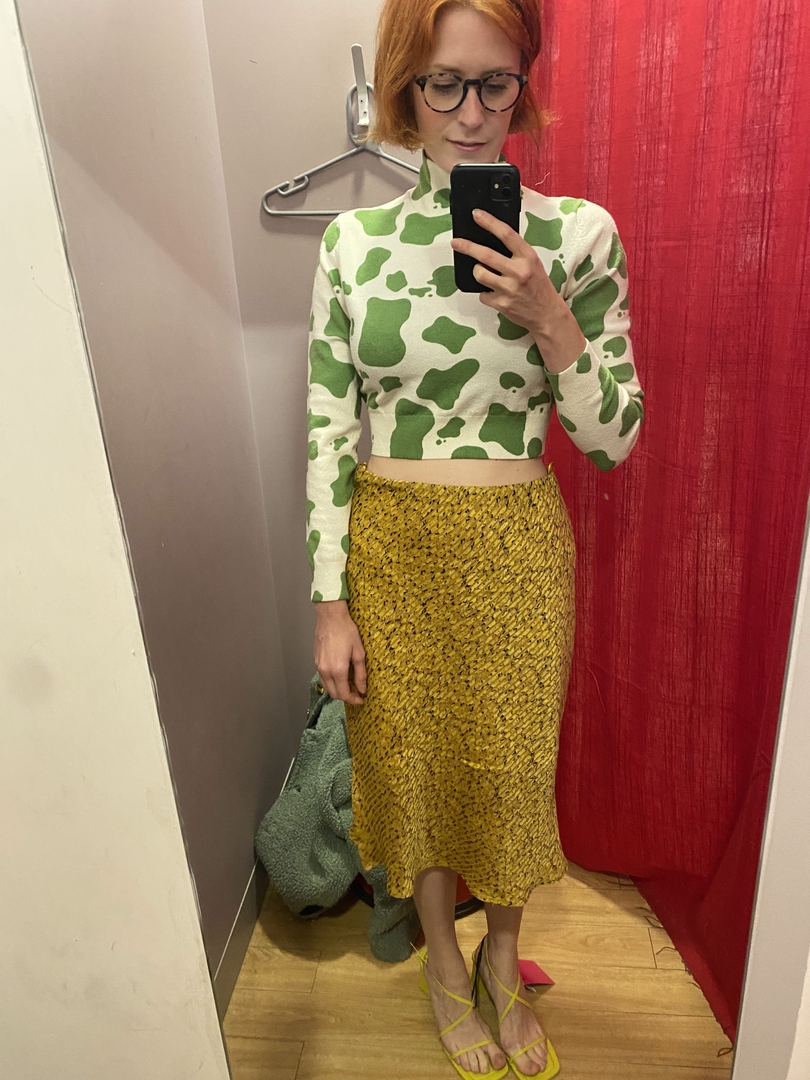
Some influencers do mention sustainability and B Corps but often without any real scrutiny of the issues. A quick search reveals distressing facts: child labor rates are on the rise, exacerbated by the pandemic, which forced many children in developing countries out of school and into work. According to a Unicef report, illegal employment among under-16s surged by 8.4 million between 2017 and 2021.
Mid-tier brands are not exempt from this responsibility either. This is why I cherish charity shops even more. A few years back, I stumbled upon nearly new Zara items mixed in with vintage pieces at the Red Cross in Dundee’s west end. Thanks to a partnership with the brand, the charity receives these high-quality items at a fraction of the original price. I walked away with delicate yellow sandals (originally £55, snagged for £7) and a trendy cow print jumper (£30 down to £4).
While this isn’t a complete solution, it is a step in the right direction. I believe it could spark a trend; once you embrace second-hand shopping, it becomes an enduring passion. Some of my favorite finds include a sheer shirt I affectionately call my ghost straitjacket (£2) that works for some inexplicable reason, and a long blue dress (£7) with orange and brown spots that reminds me of a Georges Seurat painting. I’ve also found stunning Edwardian nightgowns (£30) at the Scottish Antiques and Arts Centre, which I love to pair with clunky boots and knitted tank tops, channeling a character from a Brontë novel while grocery shopping.

Since my teenage years, my fashion sense has matured. I continue to shop second-hand but indulge occasionally in vintage designer pieces. During a work trip to Japan, I took the time to explore Harajuku, famed for its exceptional preloved shops. I left with a stunning Marni dress in a shell-like silver, a blue Issey Miyake top, tartan wool trousers from Charles Jeffrey Loverboy, and a black silk shift that was too small but far too beautiful to pass up. This spring, a visit to Naples led me to a raw silk Max Mara skirt and a pair of tan leather trousers.
Yet, nothing brings me more joy than unearthing treasures at my favorite stores. In Blairgowrie, I scored a hot pink Jaeger cashmere sweater for £3 and a marl grey cardigan for just £1 during my rounds at Blythswood Care and Sense Scotland. Although some affluent areas have overpriced items, hidden gems still exist and they outlast anything from fast-fashion retailers like Shein. For instance, I found a Barbour wax jacket (£30) and camel cashmere trousers (£15) from North Berwick’s Cancer Research. I refer to them as trousers, but they’re actually trackies—high school me would definitely be proud. @palebackwriter
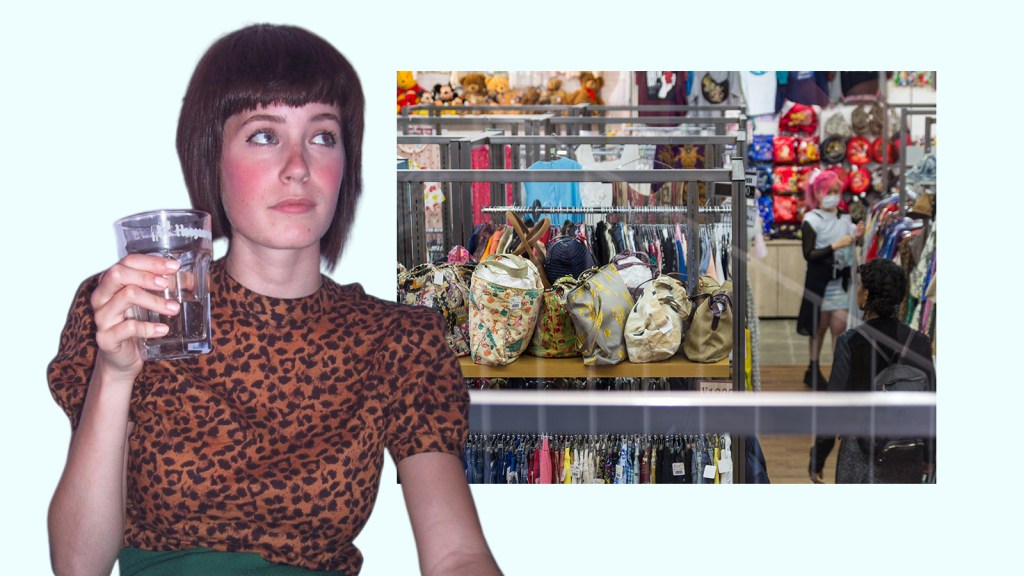

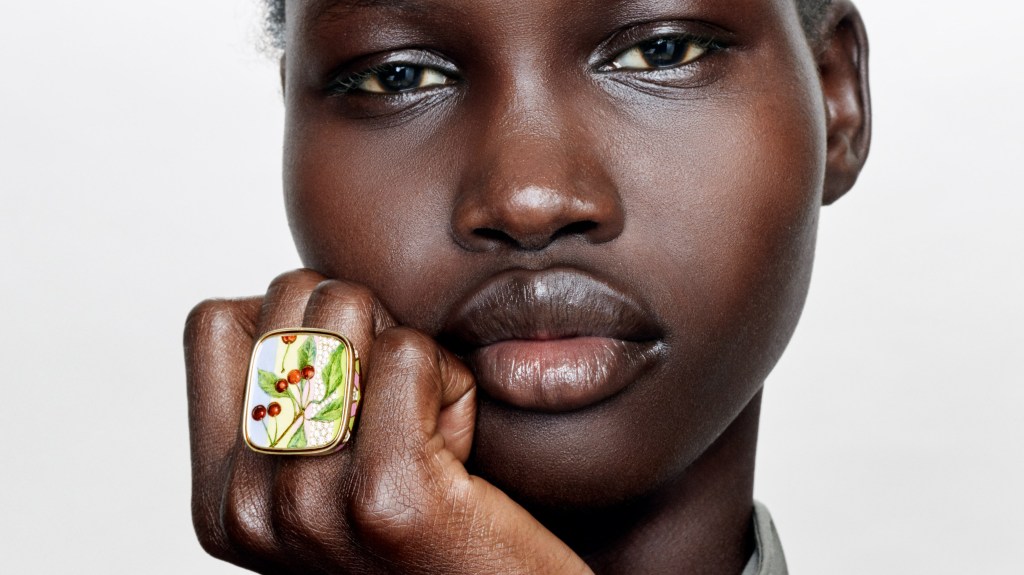
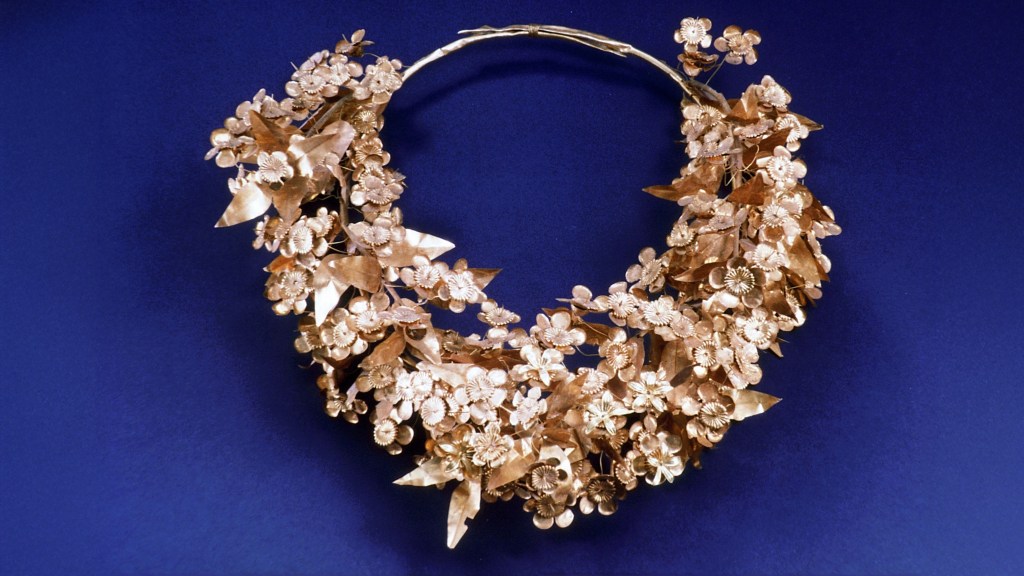
Post Comment